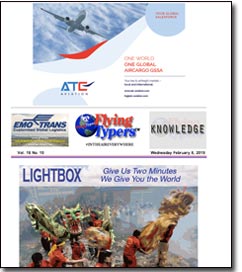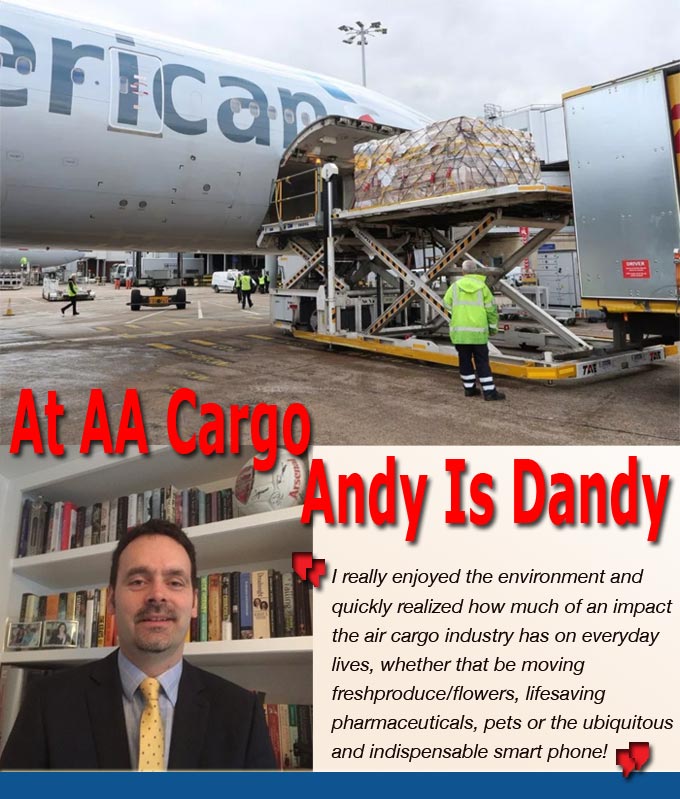 |
We
caught up recently with Andy Cornwell II, who serves as Regional
Sales Manager, Northern Europe for American Airlines Cargo.
Andy lives in Teddington, Greater London, United Kingdom.
Teddington is a green upscale part
of town with a history going back hundreds of years. That history
also includes a time during World War II, when General Dwight D.
Eisenhower planned the D-Day landings at his Supreme Headquarters
Allied Expeditionary Force (SHAEF) at Camp Griffiss in Teddington’s
Bushy Park.
Today a small plaque in the 1,100-acre
park, (LaGuardia Airport by comparison sits on 680 acres) dedicated
by the Royal Air Force recalls that time.
For his part, Andy, who commutes daily
to work from Teddington, finds it no battle to wax enthusiastic
about air cargo in general, and working with his team at American
Airlines in particular.
Andy joined American in 2009 whilst
working on his MBA at Buckinghamshire New University at High Wycombe,
Buckinghamshire.
Asked why he chose air cargo Andy
is completely up front:
“I’m not sure I did,”
Andy said.
“I think air cargo chose me!
“Like many people I’ve
spoken to over the years, I entered the world of cargo only as a
stop gap before university.
“However, I really enjoyed the
environment and quickly realized how much of an impact the air cargo
industry has on everyday lives, whether that be moving fresh produce/flowers,
lifesaving pharmaceuticals, pets or the ubiquitous and indispensable
smart phone!
“I did, however, complete my
university experience years later, whilst still working full time
in cargo, which actually allowed me to align my chosen modules to
the world of cargo.”
The
Brexit Thing
“A sizeable portion of our volumes
flying from the U.K. originates in mainland Europe, where we’ve
not seen an impact to our operation.
“Although there is lots of uncertainty
around Brexit right now, we’re focused on continuing to provide
the seamless movement of goods into and out of the U.K. however
we can, to help meet customers’ needs — whether that’s
by truck, via our interline partners, or moving more on our direct
flights from mainland Europe.
“So far, we haven’t seen
much of a change on cargo movement to and from LHR, which remains
one of our biggest cargo hubs worldwide.
“We’re simply working
to ensure that goods are able to continue moving uninterrupted between
the E.U. and the U.K.”
Keeps On Trucking
“Road feeder service has been
a focus for us over the past few years.
“In 2018 alone, we had more
than 20,000 truck movements across Europe.
“American Cargo has looked to
grow our network by utilizing trucks to operate where we do not
fly directly, or where we are capacity-constrained.”
Goes
With The Flow
“For example, we utilize truck
service to flow business around Europe from markets where we see
strong demand (like Germany) to others where we might have excess
capacity.
“We use the same approach in
the U.S., making use of an extensive trucking network to offer service
from new origins and to new destinations including offering custom
solutions, such as trucking directly to customer premises. We’re
always looking for ways to ensure we can move our customers’
cargo, no matter where it needs to go,” Andy said.
2018
Was A Very Good Year
“All our gateways performed
extremely well in 2018. In fact, as an organization, American Airline
Cargo had a record-breaking year, posting our best ever operational
performance, volume and revenue numbers.
“LHR moved more volume than
in prior years, while at the same time improving performance to
be the highest in the system, which is testament to the great efforts
and collaboration made by our Commercial and Operation teams.”
Good All Over
“American Cargo also performed
particularly well out of Frankfurt (FRA), Amsterdam (AMS), Dublin
(DUB), Madrid (MAD) and Barcelona (BCN).
“We are extremely focused on
customer engagement and interaction and want to continue working
closely with our customers to ensure we’re offering the best
possible service in the industry.”
Investing
In Change
“It is probably a lot quicker
to explain what hasn’t changed rather than what has!
“The eAWB initiative is a huge
focus for us — we’re leading the way in eAWB growth,
but the main goal must be to streamline industry processes and go
fully electronic.
“Our team is also extremely
focused on increasing the ease with which customers work with us.
“We’re currently investing
heavily in updating our technology with our iCargo project, called
Project Payload, which will see the number of systems reduced from
90 to eight.
“This initiative will provide
improved visibility and efficiencies for the airline and our customers.”
What
Could Change To Improve Cargo In UK?
“Firstly, I’d like to
see much more investment from airport authorities around Heathrow
(LHR) and other U.K. airports in terms of infrastructure, transport,
and technology.
“For example, it would make
sense to increase our interline business, but it usually takes far
longer to transfer goods 100 meters from one carrier’s shed
to the other than it is to fly the goods from the other side of
the world.
“We need to add efficiencies
and transparency to the chain, which will be helped with technology.
“New technologies would also
assist with and reduce unnecessary truck movements through careful
planning and automated notifications directly between Customs, handling
agent, customer, and truck operator.
Someone
Who Changed My Life
“One of the first people I worked
for was John Smith, who was Managing Director at American Airline
Cargo after retiring from British Airways.
“He taught me the importance
of earning respect through hard work and commitment, always being
flexible when seeking customer solutions, and how to ensure one
has a healthy work/life balance.
“John retired 15 years ago,
but I still meet up with him when I can.”
The
Service Failure Lesson
“There have been a few service
failures I can recall, but the one thing I have learned is we are
judged not on whether there is a service failure, but in how one
recovers the situation and communicates with others during that
process.
“Always be honest and upfront
with the customer and advise of any issues or changes as soon as
possible, offering a solution.”
Geoffrey
|
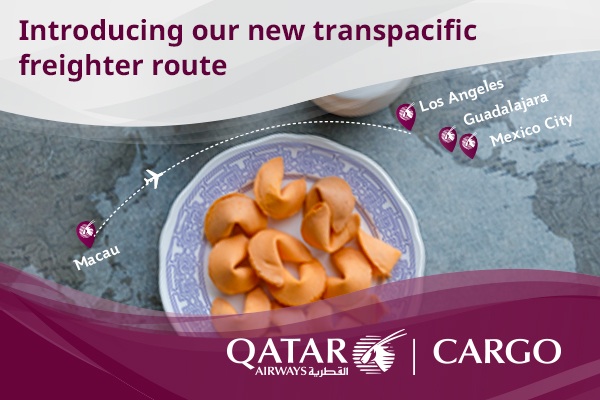



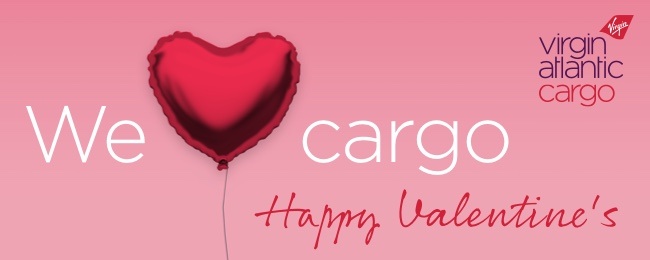
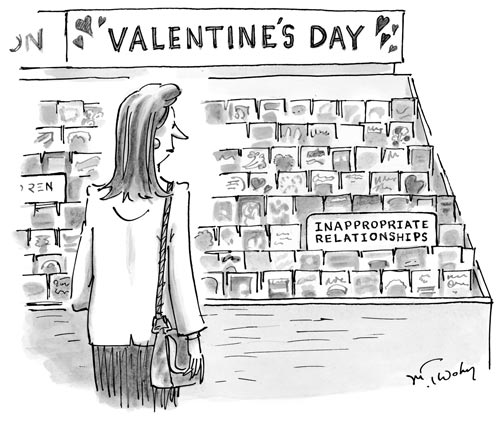
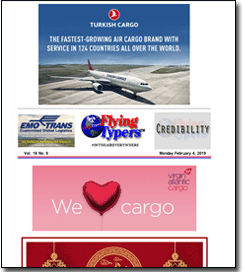 Vol.
18 No. 9
Vol.
18 No. 9